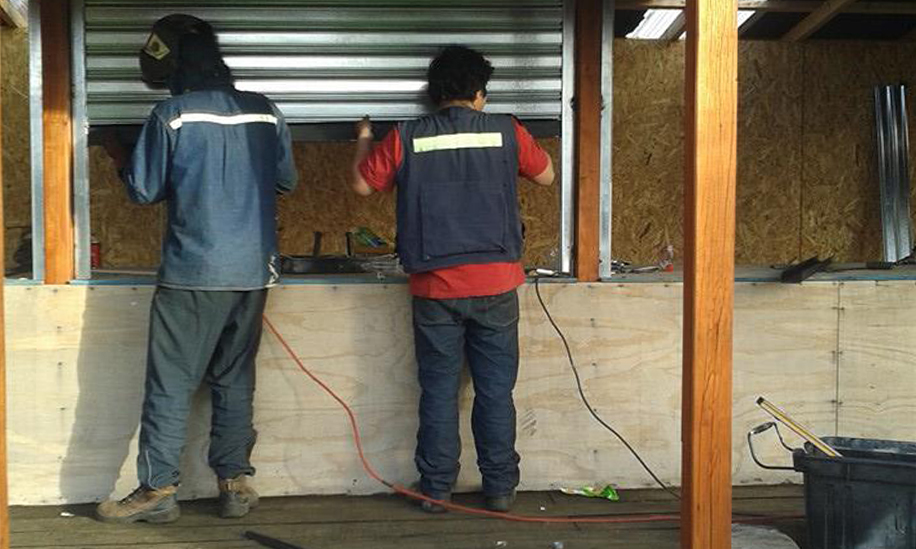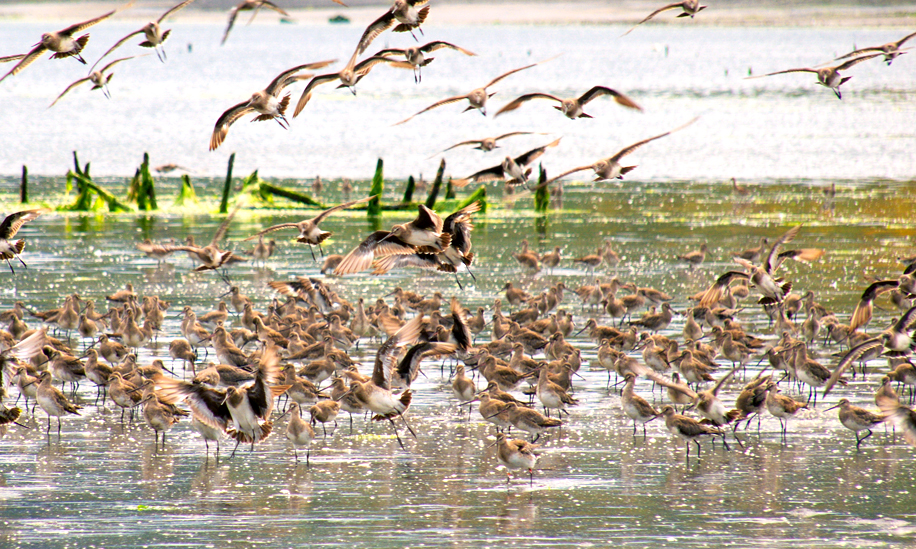Located off the southeast shore of the Greater Island of Chiloé in the Chiloé Archipelago, Quinchao Island has high conservation value, beautiful landscapes, and an increasing number of tourists each year who come to learn about its unique culture. The island is a critical site that supports the largest non-breeding populations of Hudsonian godwits (Limosa haemastica) and whimbrels (Numenius phaeopus) along the Pacific Coast of South America. Each spring and summer, thousands of shorebirds migrate from Alaska to Quinchao to feed and roost on its sandy beaches and coastal wetlands.
In response to the growth of tourism, the Tourism Association of Curaco de Vélez began to develop ecotourism activities centered around bird-watching, and to produce handicrafts based on birds and coastal wetlands. However, the association had no good place to sell their crafts, receive visitors, and promote conservation.
In 2013, Seacology funded the construction of a visitor center for ecotourism, handicraft sales, and conservation activities, in exchange for the establishment of a 40.47-hectare (100-acre) local reserve for the protection of this critical site for migratory shorebirds. Seacology is now providing further funding so that the handicraft stands can be locked and secured so vendors will no longer need to set up and remove their wares each day.



